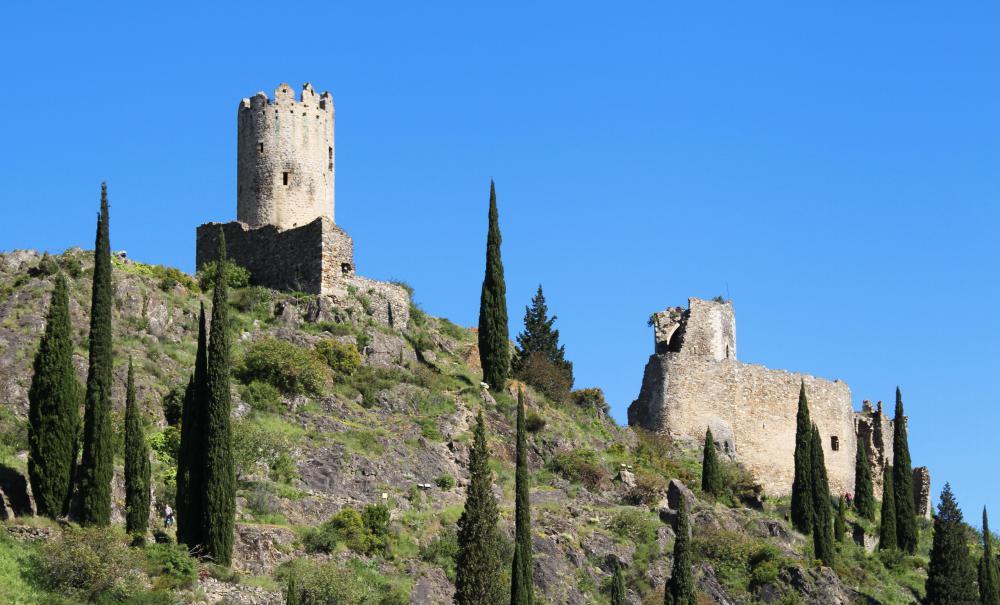At WiseGEEK, we're committed to delivering accurate, trustworthy information. Our expert-authored content is rigorously fact-checked and sourced from credible authorities. Discover how we uphold the highest standards in providing you with reliable knowledge.
What are Siege Weapons?
Siege weapons date back to the earliest days of warfare, and were the most fearsome and destructive devices of their time. Though siege weapons largely went out of fashion with the invention of gunpowder and other explosive devices, their primary purpose was to create a breach in the walls of cities, castles, and fortresses. They could be utilized from long distances, and were generally designed to hurl massive stones, flaming materials, and even dead animals at an enemy.
The first siege weapons were very likely the battering ram and the assault ladder. The first battering ram was probably just a large log thrust at a doorway by many men. Later, the ram became quite sophisticated, with handles, a weighted and pointed end, and even a type of roof that would protect the operators from being scalded by boiling oil, water, or lead that was dumped over castle parapets. Some archaeologists now think that the Trojan Horse, as descried by the poet Virgil in his Aeneid, was in fact a giant battering ram.

Siege weapons have taken many innovative and increasingly destructive forms. Because of their expense and massive size, the machines were often built on the battlefield. Alexander the Great was a fan of the siege weapon, and the legendary siege tower known as the “Helepolis” was alleged to have been over 100 feet (30.5 m) tall, filled with expert archers, and covered with iron. The Roman legions preferred to assault huge, enemy fortifications by constructing massive earthen ramps that surpassed the height of the walls, a process that could take years and result in the deaths of countless workers.

Siege weapons truly hit their stride during the medieval period. The catapult was first designed in ancient Greece, and the trebuchet created in China, in the fourth century B.C. Their popularity in European battles hit new heights between the fourth and sixteenth centuries A.D. Both machines were designed to hurl everything from cannonballs and rocks to carrion and human corpses. The former were used to break down defenses, whereas the latter were intended to both terrify city residents and spread disease.

Another terrifying siege weapon was the ballista, a crossbow firing a huge bolt. The bowstring of this device was pulled back by many soldiers. As science progressed and technology increased, men would turn a large crank or mechanical screw to cock the string. When cut loose, the giant arrow would hurtle into defenders, causing vast devastation.
AS FEATURED ON:
AS FEATURED ON:














Discuss this Article
Post your comments